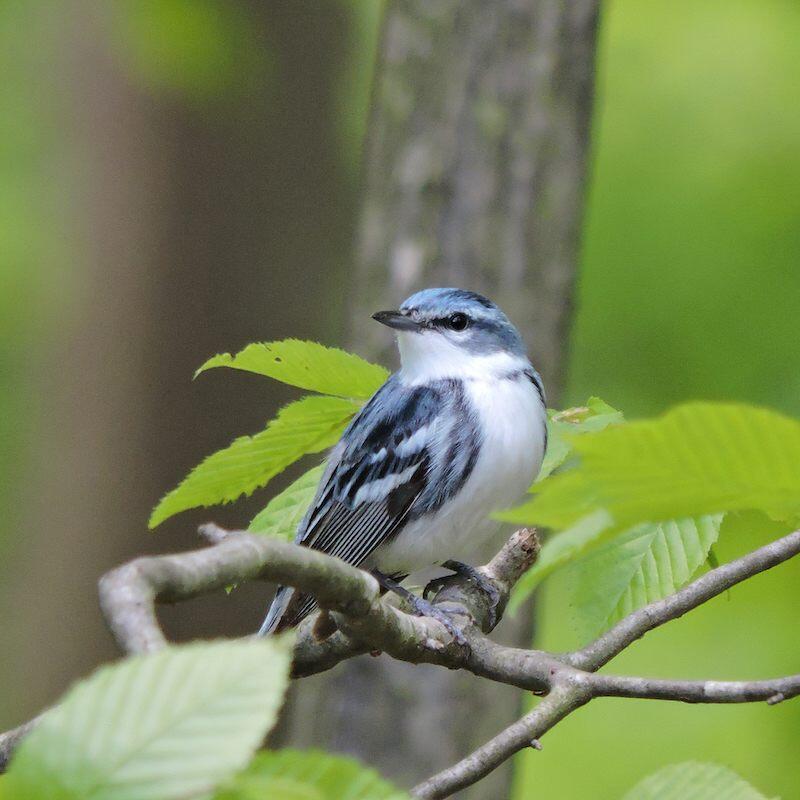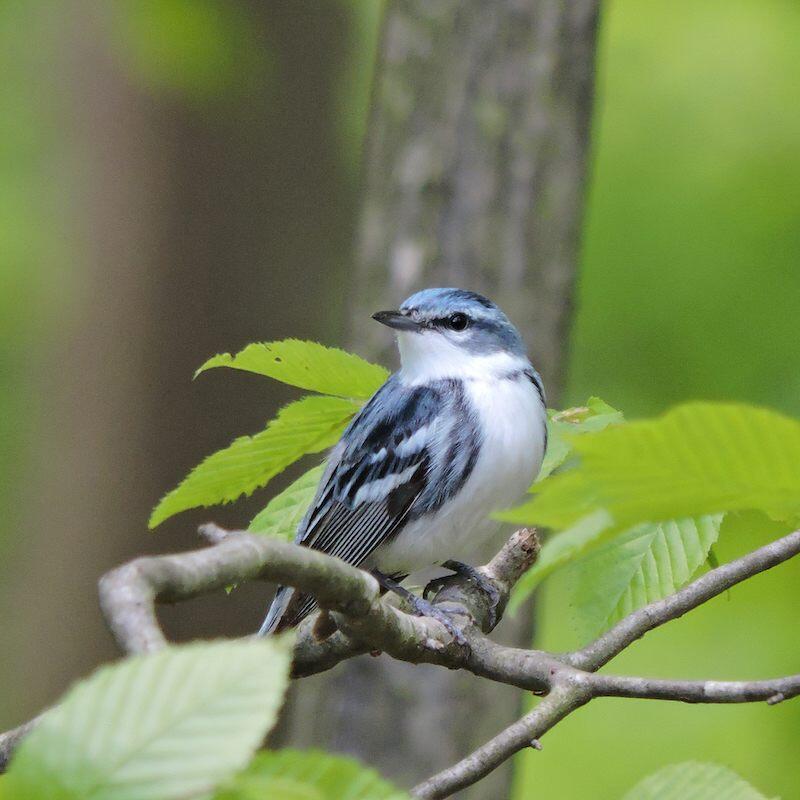Fifty years ago in Ohio, you’d look out your window and there were more birds – 3 billion more birds across North America to be exact. Today, Audubon scientists are telling us that more than two-thirds of North American birds could go extinct if climate change remains unchecked.
We’re already seeing how Ohio birds are responding to climate change. Species like the Great Egret and Northern Parula, which previously did not breed in Ohio, are now more frequently showing up as regular breeders, while species like the Cerulean Warbler and Wood Thrush are expected to be pushed further north. We still have time to reduce the carbon pollution that is driving climate change to avoid the worst fates for birds and our communities. But we need to act quickly to implement the solutions that are right in front of us.
In Ohio that means expanding our use of carbon-free energy sources. It’s a big undertaking, but Ohioans have never shied away from hard work. We have a history of tackling big environmental issues and coming out on top. The Cuyahoga River fire of 1969, which (quite literally) was the spark that ignited Ohioans to take action that ultimately culminated in the signing of the Clean Water Act. For more than a half-century this legislation has helped protect our waterways and keep our communities safe.
Now we find ourselves at another critical decision-point. Will we take the steps necessary to help birds and their communities from climate change? Expanding access to solar power is one very important step that can get us there.
How Solar Energy Can Help
From the prairies in the west, to the unglaciated Appalachian plateaus to the south and east, and our great Lake Erie in the north — Ohio’s biodiversity provides critical breeding and migratory stopover habitat for more than 400 bird species like Ohio’s Chestnut-sided Warbler and Blue-headed Vireo.
Adopting renewable energy solutions like solar is critical to reducing pollution, addressing climate change, and preserving the places that Ohio’s birds need to survive.
Is Solar Safe for Birds?
Audubon strongly supports properly sited solar development that avoids, minimizes, and mitigates impacts to birds and their habitat. To ensure the long-term success of renewable energy projects it is important that they are carried out in accordance with federal laws, like the Migratory Bird Treaty Act, and that developers consult with state wildlife agencies and stakeholders when embarking on new projects.
The State of Solar in Ohio
Currently, only one percent of Ohio’s energy comes from solar, which is enough to power 176,078 homes. Projects currently under construction or in the pre-construction phases have the potential to yield enough electricity to power the equivalent of just under 1 million Ohio homes once operational.
Solar is flexible. It can power a single home or an entire neighborhood, and projects can be privately owned or service a whole community. From densely packed urban communities to small towns, clean energy jobs can be found in every corner of the state, with more than one in five (22,000+) jobs located in rural areas of Ohio.
While solar is expanding, there are roadblocks. In 2022, the Ohio legislature passed SB 52 into law, subjecting future energy projects in Ohio to a new layer of government regulation not applied to any other energy source. It gives county officials authority to functionally veto a proposed solar or wind energy project at the last minute of the power siting process.
Restricting solar development can decrease ideally suited available land for projects and increase the likelihood that future projects will be sited in areas that pose a greater threat to birds. It is crucial that community members speak up in favor of expanding solar in their communities.
Unique Opportunities in Ohio
Expanding solar across the state has the power to boost our economy while reducing harmful air pollution that contributes to climate change. A recent study found that installing utility-scale solar energy in Ohio could support more than 54,000 construction jobs, generate up to $67.5 million in local tax revenues annually and power over 1.5 million Ohio homes. The cost of solar power is also decreasing rapidly, falling by 87 percent in the last decade. Solar power is now the cheapest source of electricity in history, according to the International Energy Agency (IEA).
Transitioning to solar energy is also popular across the state, regardless of political affiliation. According to the Ohio Conservative Energy Forum, solar energy is supported by 70 percent of Ohio conservatives. Recent polling conducted by the Washington Post and the University of Maryland also found that 75 percent of all Americans say they would be comfortable living near a solar farm.
Help Protect Birds in Your Backyard and Beyond
There is no single perfect solution to climate change, but by making a series of important changes we can tackle this crisis. Expanding solar energy sources is an important piece in this puzzle, and one that we hope you will advocate for. Join us, as we pursue policies that will address climate change to create a more resilient future for birds and people. Sign up today to be a climate advocate and we’ll reach out with opportunities to take action.
Editors’ note: An update was made to state that the Cerulean Warbler and Wood Thrush are expected to be pushed further north. More information about the threats facing birds can be found in the report, “Survival By Degrees: 389 Bird Species on the Brink.”













